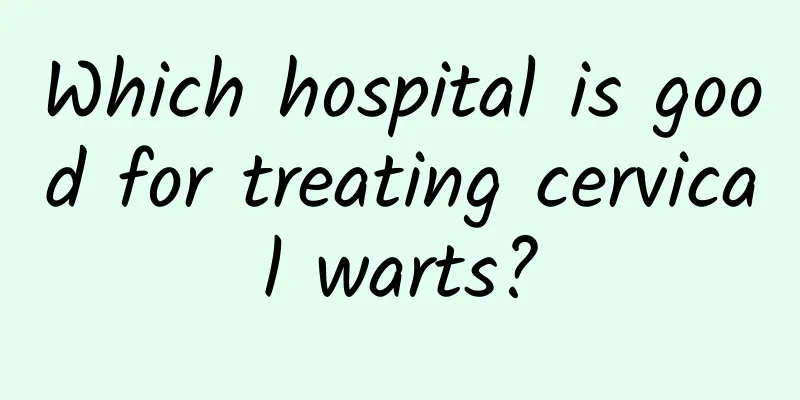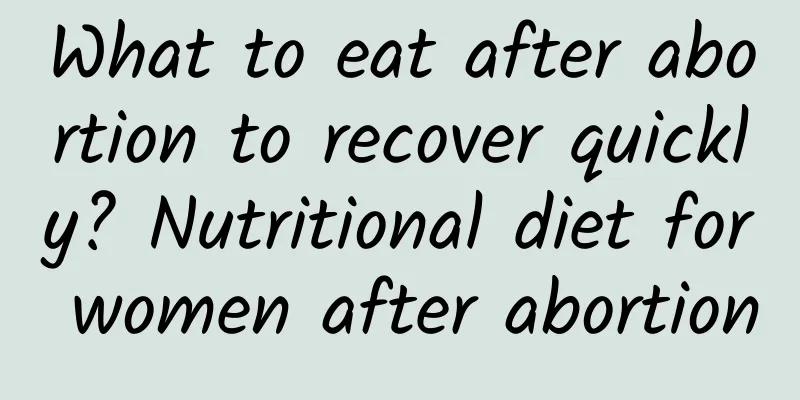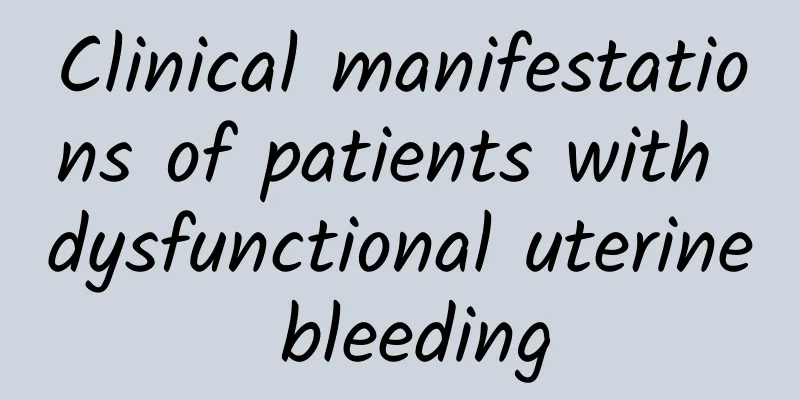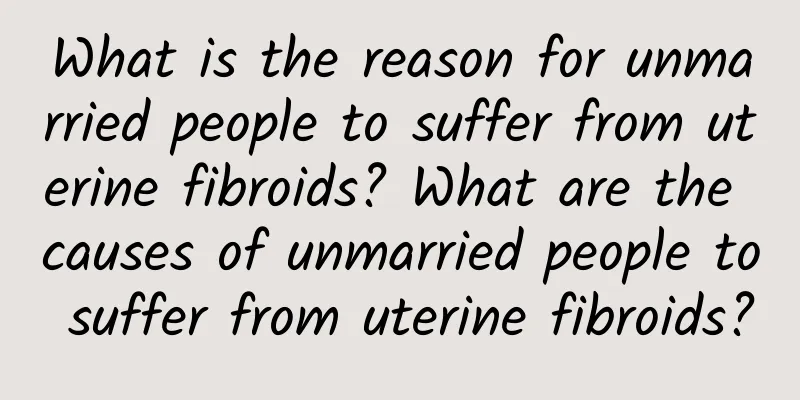Difficulty swallowing after weight loss surgery is actually caused by esophageal achalasia

|
People with severe obesity may choose gastric bypass surgery to help lose weight. However, some patients may develop esophageal achalasia after the surgery. When the esophagus is too relaxed and cannot move, the patient cannot swallow food smoothly. In severe cases, the esophagus may become curved and deformed, and must be completely removed and reconstructed. Doctors pointed out that the esophageal muscles can now be cut through endoscopic surgery. Patients can swallow liquid food first after the operation. After about 3 months of rest and adjustment of eating habits, they can eat normally like ordinary people. Patients who undergo gastric bypass surgery to lose weight should see a doctor as soon as possible if they develop esophageal achalasia and are unable to eat properly after the surgery. Dr. Li Zhangming from the Department of Thoracic Surgery at National Taiwan University Hospital pointed out that 39-year-old Ms. Tan weighed 98 kilograms and had a BMI of over 42, which seriously affected her health. After undergoing gastric bypass weight loss surgery 6 years ago, although she successfully lost weight to 72 kilograms, she developed difficulty swallowing, and even the food she ate when she lay down to sleep would flow out of her mouth. The doctor pointed out that Ms. Tan went to the National Taiwan University Hospital for an endoscopic esophageal myotomy in mid-March this year. She can now eat soft food smoothly and can eat normally 3 months after the operation. Endoscopic surgery may improve dysphagia after bariatric surgery Ms. Tam said: "More than 10 years ago, I started to feel that food was often stuck in my throat and I often felt hungry. Although I lost weight to 72 kg after gastric bypass surgery, I often vomited or sprayed out food after eating. When it was serious, I dared not contact anyone for 2 months." Someone suggested that she see a psychiatrist. It was not until she underwent esophageal myotomy that her inability to swallow food was finally improved. Dr. Li Zhangming pointed out that there are about 300 patients with esophageal achalasia in Taiwan every year. Because the vagus nerve in the esophagus cannot contract normally, the lower esophageal sphincter relaxes and cannot move to swallow food. After inserting an endoscope through the mouth to cut the circular muscle of the esophagus, Ms. Tan's swallowing function has improved significantly. However, patients who undergo esophageal muscle incision still have a 10% chance of gastroesophageal reflux. Patients must pay attention to the dietary principles of daily life after surgery to avoid gastroesophageal reflux problems. Dr. Zhang-Ming Li (left) from the Department of Thoracic Surgery at National Taiwan University Hospital performed endoscopic esophageal myotomy on Ms. Tan (right), which significantly improved the patient's dysphagia symptoms. (Photography by Zhou Fumei) Although there is no wound on the outside after the esophageal muscle incision, the mucosa and muscles in the esophagus need time to recover. Dr. Li Zhangming reminds that when patients are discharged from the hospital and return home to recuperate, they must pay attention to adjusting their daily diet. The principles of daily health care are as follows: 【Principles of postoperative care after esophageal myotomy】
★"Gastroesophageal reflux!" 》5 bad habits to avoid |
<<: Sugar-restricted diet reduces weight by 3 kg in two weeks
>>: Drink green tea before exercise to burn fat. One red and green tablet is enough.
Recommend
How should women take care of vulvar leukoplakia?
Vulvar leukoplakia seriously affects women's ...
Which department should I go to for the second review of uterine fibroids? What examinations are needed for the second review of uterine fibroids?
Which department should I go to for a second chec...
Experts explain the reasons why unmarried women suffer from uterine adnexitis
Although the incidence of adnexitis in unmarried ...
How to maintain adenomyosis?
We all know that gynecological diseases are very ...
How is bacterial vaginosis treated?
How is bacterial vaginosis treated? 1. Fungal and...
What are the differences between chronic cervical erosion and cervicitis?
Cervicitis and chronic cervical erosion are both ...
How to improve the cure rate of spontaneous abortion
It is a happy thing to be able to go through the ...
There are several causes of Bartholinitis.
Bartholinitis is a gynecological disease in women...
Will crazy exercise + eating less still lead to weight loss failure? Drink water at this temperature to lose weight faster
I want to consume the fat stored during the winte...
What are the main symptoms of ectopic pregnancy?
What are the main symptoms of ectopic pregnancy? ...
General care for hyperprolactinemia
Women all know the dangers of hyperprolactinemia,...
Bananas, milk and other 4 foods are good for relieving stress
Pressure mask, be careful of obesity! Doctors poi...
Traditional Chinese medicine treatment of vulvar leukoplakia
What are the traditional Chinese medicine treatme...
2 powerful fruit and vegetable juices to easily drain water and reduce swelling
Water retention in the body is one of the causes ...
Are pelvic inflammatory patches and uterine warming patches useful?
Pelvic inflammatory disease patches and uterus wa...









